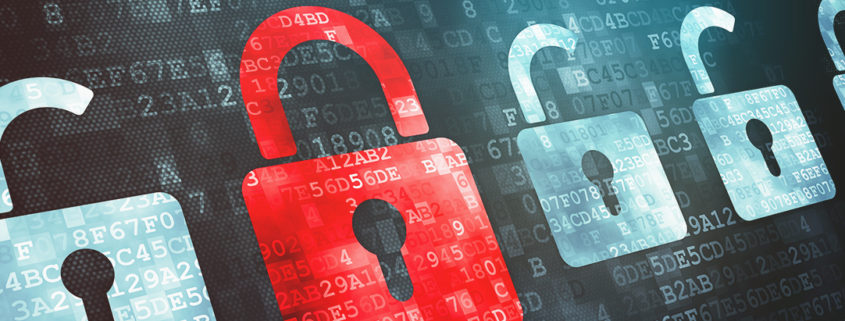Should You Sign Up for 3-D Secure?
What the Basics of 3-D Secure to Protect Against Online Fraud
Wouldn’t it be great if there were a reliable, widely-used tool that could help stop online fraud and protect your identity online? Well, 3-D Secure technology might be just what you’re looking for.
This secure checkout technology was first introduced more than a decade ago by Visa under the branded Verified by Visa name. Since then, Mastercard has also rolled out their own Mastercard Securecode® tool using the same platform, and other card brands including American Express and Union Pay have done the same.
Although 3-D Secure technology has been around for years, it remains largely unknown to consumers. Let’s take a look at the tool, and see how it can help protect you.
What is 3-D Secure?
The “3-D” stands for “three-domain,” referring to the three different parties involved in the checkout process:
- The seller (also known as the merchant)
- The seller’s bank (or acquirer)
- The card brand (Visa, Mastercard, etc.)
The platform allows you to create a special password with the card brand. Any time you shop with an eCommerce seller who uses 3-D Secure technology, you’ll see a popup message prompting you to enter your password at checkout before the transaction is authorized.
The password fills the same role as a PIN code in a card-present transaction; in theory, you would be the only person who knows your secret password, so only you could authorize the transaction. Unless the fraudster has access to your code, then it becomes incredibly difficult to use your card without permission.
Get Ready for 3-D Secure 2.0
Of course, the tool still had detractors when it was introduced in 2003. Many speculated that consumers would be turned-off by the extra steps, or consumers would see the 3-D Secure popup as suspicious and be scared away. There was also the problem of forgotten passwords potentially freezing consumers out from making online transactions.
The critics were right; 3-D Secure did not takeoff on initial release, and adoption has remained low in the years since. However, the new 3-D Secure 2.0 technology looks to improve on a lot of the original’s shortcomings.
The 3-D Secure 2.0 rollout is already underway, though businesses will still have until at least early- to mid-2019 to adapt. Once fully implemented, the system will offer improved mobile support, a wider range of authentication methods (including biometric options), and less friction at the point of checkout.
The new tool also gives sellers more autonomy in deciding whether to authorize a transaction. For example, if you forget your password, but the transaction doesn’t produce any other fraud red flags, the merchant can choose to override 3-D Secure and let you complete your purchase anyway. However, sales that seem to be at a high risk for fraud can be subject to an additional layer of screening, even if you enter the password correctly.
No Such Thing as “Perfect”
Remember: 3-D Secure is an opt-in fraud tool. It’s a good idea to use it, but you need to enroll in the program with your card brand. It can be one of the most effective tools in your arsenal to protect your accounts against fraud and financial loss online.
Even if you’re already enrolled, though, you’re still not guaranteed to be protected against fraud. No single tool can possibly eliminate your risk of becoming a victim.
Found a transaction on your statement you don’t recognize? Don’t run to your bank: contact eConsumer Services. Our team of experts can help you identify fraud, recover funds, and resolve the situation to achieve the best results possible for you.



